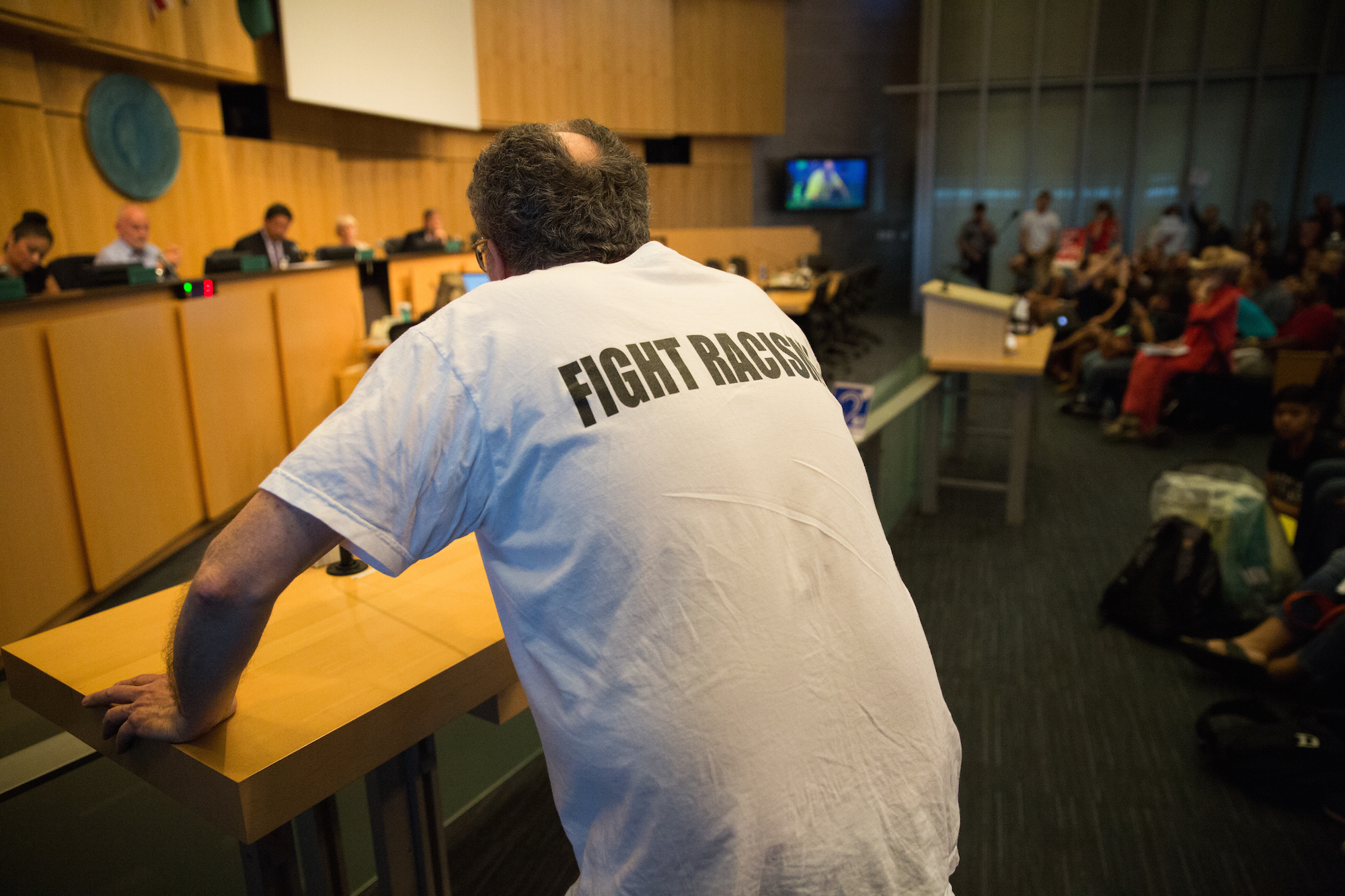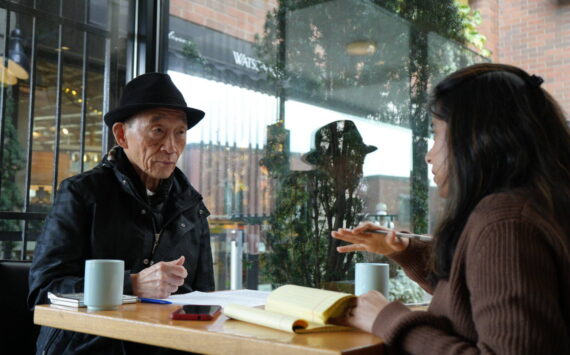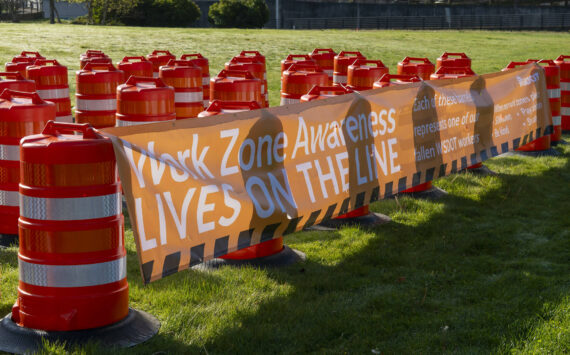On Monday, the Seattle City Council voted, 7-1, to support the construction of a new police precinct building in North Seattle.
The resolution did not commit to a specific dollar amount for the building, leaving Councilmembers some room to challenge the Murray administration on the project’s cost when budgeting season comes around this fall. To that end, the resolution called for an independent review of its cost. And it called for a racial-equity study to investigate whether construction of the station would have an adverse affect on the city’s minorities.
The resolution sought to mollify the two major sources of opposition to the project: its status as a symbol of police power in an age of Black Lives Matter, and its price, which the Murray administration has pegged as high as $160 million. According to The Seattle Times, that would make it the most expensive police station in the country.
It didn’t work.
A mass demonstration against the project threw City Hall into chaos before, during, and after the vote. At one point, Councilmembers abandoned the dais amid chants of “Let them in!” as a surge of protesters who’d been corralled downstairs tried to rush their way into the already-full chamber. All this raucous protest made it clear (to anyone who still doubted) that the #BlocktheBunker movement is far more than just another piece of hashtag activism. It’s strong, it’s unified, and it demands answers. And whatever your thoughts on the North Precinct project in general—and even within our editorial board, there is a wide range of views—everyone in Seattle should be glad that someone is holding the Council’s feet to the fire on this massive project.
Until the #BlocktheBunker protests emerged in earnest this summer, the North Precinct plan was on bureaucratic autopilot, and few city officials seemed willing or able to get it in check. The justifications Councilmembers have cited for such a massive expenditure on a glistening building in Bitter Lake seem well-rehearsed: The project has been long in the works. The money has already been earmarked. It’s a “capital project,” which in City Hall-speak seems to mean “done deal.” Consequently, discussions about the project have had an air of budgetary fatalism.
Councilmember Debora Juarez in particular has bristled at any suggestion that the Council consider spending the $160 million the Murray administration believes is available for the project on other priorities. “I can’t go there,” she told Seattle Weekly’s Casey Jaywork when he asked whether this was the best use of city money right now.
Sorry, Councilmember, but ready or not, that’s where the conversation is going. #BlocktheBunker will make sure of it.
And thank goodness. Now that the building is no longer a fait accompli, the Council will have to step back and do the hard work of selling the public on it, rather than hiding behind budgetary constraints (which, it’s worth noting, they themselves created). We wish more government projects were subject to such public scrutiny.
The fact is that the Council can spend this money on things other than the North Precinct station, and there are tangible alternatives worth consideration. To name just one: homelessness. While Murray has been right to declare the crisis an emergency and release funds to address it, even he is quick to say that current funding (about $50 million annually) is not enough—that what’s needed is housing and money to build it. He usually looks south to Olympia or east to Washington, D.C., when he makes that point. Maybe he should have been looking north all along. $160 million can build an awful lot of public housing.
Or not. The point isn’t to decide right now where the city should expend its capital budget, but simply to remind our Councilmembers that they have the power to make a real choice here—or, rather, that they are making a real choice whether they like it or not. Instead of dismissing questions about spending the construction money elsewhere as an attempt to “politicize” the project—as Councilmember Tim Burgess also did when we asked him about redirecting the funds—they need to take these questions at face value. And then they need to answer them.
editorial@seattleweekly.com






